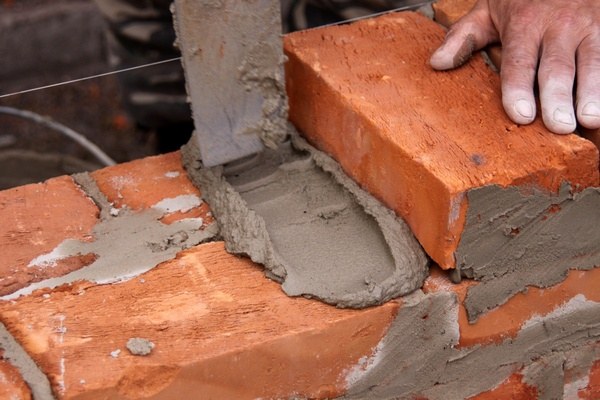The main raw material for cement production
Cement is made from special cement clinker, which is a result of the firing of the main mineral commodities produced in the natural environment or produced by artificial means. Raw materials for cement may be argillaceous and carbonate rocks.
Clay rocks is clay, loam, loess, shale, loess-like loam and other breeds. Clay adding moisture swells and becomes pliable, which is important for high-quality cement. All these types of clay rocks vary slightly in their properties. For example, a sandy loam contains many substances, and shale is dense and hard, consist of records that have lower humidity. Loess is porous and friable, and is composed of quartz, feldspar and other materials.
Carbonate rocks include chalk, limestone, marl, and other limestone, carbonate and dolomite materials. Depending on the composition, properties and quality of raw materials to produce cement with different characteristics.
For example, crystalline rocks worse for the cement production, as they interact with other elements during firing.
Most of the cement using chalk, which is easily pounded and crushed. Marl is used for the production of cement, which is needed in the construction of fireplaces and stoves: this material is transitional between clay and limestone. In addition to the main raw materials in cement add additional ingredients that change the properties of the product.
It may be gypsum, fluorite, sodium, Apatite phosphogypsum and other materials, as well as aluminous clay-containing additives.
Cement manufacturing
The first phase of cement production the clinker production of the main raw material by roasting. This is the most expensive stage, since the material extraction takes about 70% of the cost of cement production. In order to find the right breed, you need to carry (usually with dynamite) the upper part of the limestone mountains and open layer of rocks commonly found at a depth of 10 meters. The extracted material is ground, mixed with additives and then fired.
Next, the clinker is ground more heavy steel balls until it does not work the powder should be well dry, then add rest of the ingredients – this is the second stage of the process of cement production.
